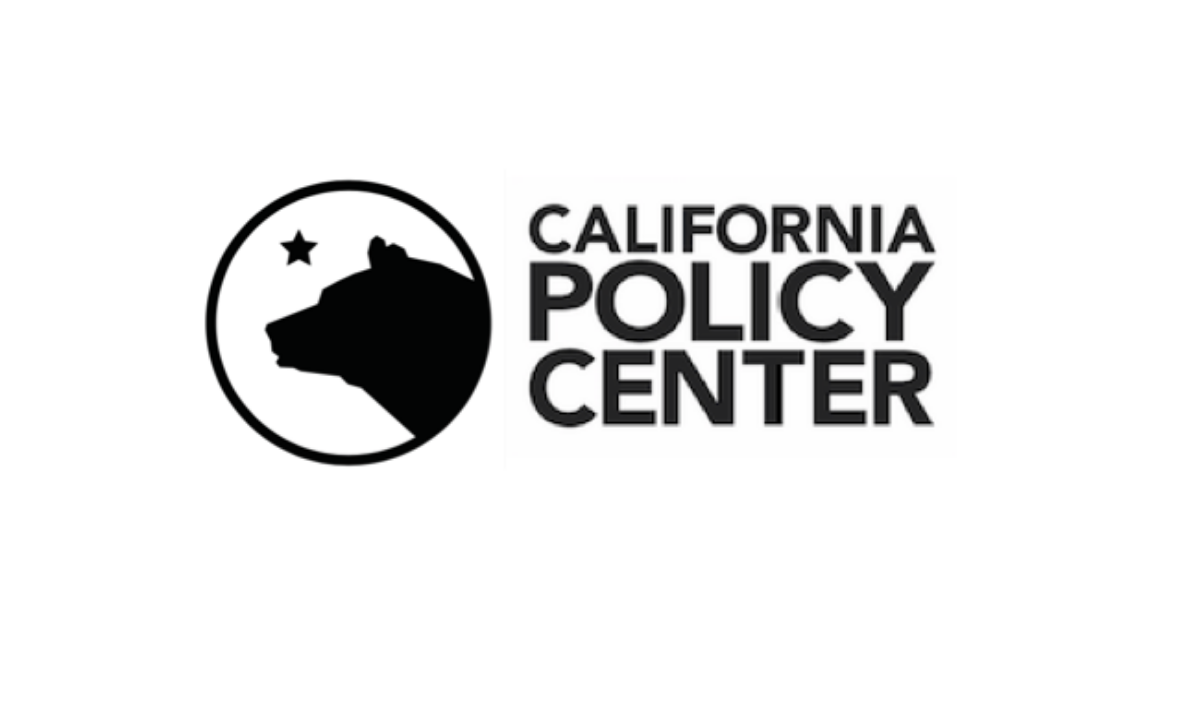This was originally published by California Policy Center
Governor Newsom released his proposed budget this week, promising a massive surplus that special-interest groups can’t wait to spend. The problem is there is no actual surplus. California’s state & local governments are shouldering a staggering $1.5 trillion in debt – 50 times the $31 billion surplus claimed by the Legislative Analyst’s Office.
What’s worse is that the state doesn’t actually know how much it owes – to retired workers, to Wall Street and banks, to healthcare providers. This year’s financial report – for 2020 – is already nine months late, with rumors that it won’t be complete until this summer. And that’s just at the state level. California’s spare cash and rainy-day funds are dwarfed by the mountain of long-term liabilities California governments have accumulated at all levels, from cities and counties to school districts.
Of course, if the stock market drops, or the tax base continues to shrink from the mass exodus of taxpayers and businesses to other states, California’s revenue will decline precipitously, wiping out any mythical “surplus.”
Beyond fiscal shell games, Newsom’s budget fails to effectively address any of the five-alarm crises facing the state. For starters, California public schools are in shambles after school boards across the state caved to the demands of teachers unions throughout the pandemic. One of the governor’s solutions is predictable: simply raise per-student spending. The other is a remarkable step backward — decoupling state spending from students altogether.
As the number of school-age children in California continues its seven-year slide — and as more and more parents find alternatives to union-run public schools — Newsom’s proposed budget would, the Los Angeles Times reports, “allow districts to base funding on attendance in the current year, prior year, or the average of that from three prior years — whichever is greater. The proposal gives school districts ‘more running room to plan against really shocking declines,’ said Keely Martin Bosler, director of Newsom’s Department of Finance.”
In almost any other business, a shocking decline in market share would lead to service innovation and/or massive cuts in spending — or bankruptcy. But this is government, and this is California. The financial bailout won’t change the terrifying trajectory of student learning.
Newsom’s “blueprint” for addressing the state’s ongoing drought, recurring wildfires, a smash-and-grab crime wave, and a homeless population now exceeding 160,000 is more of the same: throw a lot of good money after bad. He has no realistic plan to save the Golden State from falling further into decline or shielding the coming generation from the impending financial day of reckoning.
Nurses’ union push for single-payer healthcare would double California taxes
California lawmakers advanced legislation this week to create the nation’s first single-payer healthcare system. On January 6, state Assemblyman Ash Kalra (D-San Jose) unveiled Assembly Bill 1400, crafted by the California Nurses Association (CNA). If approved by the governor, it would create CalCare, a state takeover of California medicine by politicians to whom you wouldn’t – or shouldn’t – entrust a hair dryer.
The CNA and Service Employees International Union (SEIU) have been making life worse for nurses for years. In 2019, the CNA was the prime mover of legislation to expand state-funded healthcare to undocumented people under 26. That added costs for everybody – and a flood of new patients without the capacity — the financial and staffing resources – to handle them. This year, CNA came back for more, persuading Governor Newsom to include in his budget free healthcare to undocumented people of any age. That will increase demand on every government service provider.
But there’s more. Through its control of a low-profile agency called the California Board of Registered Nursing, the CNA has worked aggressively to cap student enrollment in California’s private nursing programs. Stomping on successful private nursing schools may satisfy the union’s lust for class war, but it has also created a years-long nursing shortage in California.
CNA predicts that running CalCare each year will cost Californians two times the state’s current entire budget. The costs will be paid for by a doubling of state taxes – the largest increase in state history, in what’s already the nation’s most-taxed and most-expensive state. Constantly “underfunded” and micromanaged by Sacramento politicians, CalCare will certainly cost more and deliver less than CNA projects.
The California Nurses Association has a solution for that coming financial crisis: it helped draft ACA 11, a companion bill to make it easier for state lawmakers to raise taxes. On the table: a tsunami of new taxes that would wipe out California businesses and increase taxes by $12,250 per household.
At present, two-thirds of the legislature must approve a tax hike; under ACA 11, tax hikes to support CalCare will be approved on a simple majority vote. And so the California Exodus – the departure of working Californians, the middle class and, yes, inevitably millionaires and billionaires for other states – will explode.
That decline will accelerate with dire consequences. As tax revenue falls, the financial burden will shift to those left behind. And then those left behind will drop their burdens and leave, too – on and on until the crisis is so severe that the system fails completely.
To paraphrase the late, great presidential candidate and businessman Ross Perot, that giant sucking sound you’ll hear is the vacuum created by the exit of tens of thousands fleeing California.




